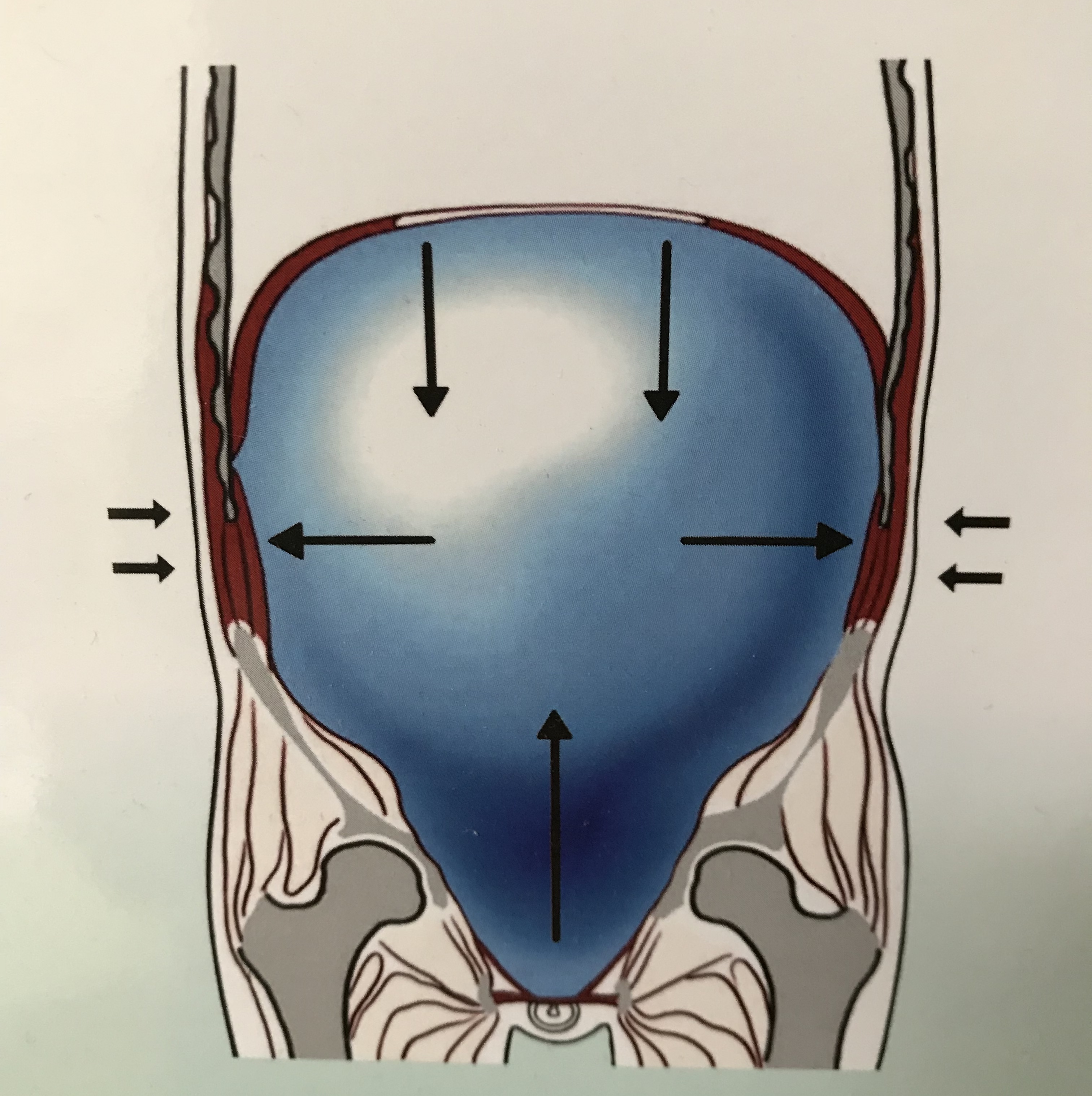
I was speaking with a client a couple of weeks ago who remarked on how dramatically the weather had changed. “This morning it was 42′ in Mill Valley and last week it was 98′!” This got me thinking about the various changes that happen with the start of the fall season and how they affect our lifestyle going forward toward winter.
The change in temperature is significant. Fall is the season of vata dosha, and this wind energy is increased by changes of any kind, particularly toward cooler temperatures. When the temperature drops. it can increase vata in us both physically and mentally and an awareness of this can help up manage these affects better. Cooler weather also tends to lower our agni (digestive fire) and this can sometimes reduce the efficacy of our digestive system and lead to vata type digestive issues such as gas & bloating or constipation.
When vata is in balance it manifests as freedom and ease of movement, sufficiency of active and creative energy, comortable digestive health and an overall sense of enthusiasm and wellness while still enjoying sound sleep. When out of balance – typically when vata is too high, it can lead to more pain, less stability, digestive inconsistency, difficulty managing stress and sleep disturbance.
In California where early fall lands during our driest time of year, managing vata is even more crucial due the fact that this dryness, combined with cooler temperatures, tends to increase vata even more. When considering how to manage vata now or at any time during the year, it is therefore important to consider these two major causes of increased vata – cooler temperatures and increased dryness. When we understand that these two environmental factors are going to push vata dosha up, then we can also understand how to mitigate the impact of these factors with choices and actions that push them down – namely increasing moisture and warmth.
To balance vata dosta, regularity and routine are essential
But when the season is changing, that change itself can have a significant impact on the balance of vata dosha. Vata is increased by changes of any kind, and it is balanced by regularity and routine. So another way we can think about balancing vata dosha, at the change of seasons or really any time of the year, is moving steadily toward establishing helpful and consistent routines.
Ancient Ayurvedic texts outline a daily routine appropriate for anyone with any constitution called Dhinacharya. The texts describe what each of us can endeavor to do each day to help keep our doshas in balance, our bodies moving freely and our digestive system operating efficiently.
The ayurvedic daily routine
What I love about the ayurvedic daily routine is that it places the activities that we are already doing every day without fail alongside those that either we’d like to be doing but may not yet have worked into our schedule, or perhaps have never even thought of. For example, we already brush our teeth every morning, (presumably), but does each of us clean our tongues? None of us questions the logic of cleaning our teeth every day, but cleaning the tongue using a spoon or a tongue scraper is much less common and has some important benefits that far outweigh the extra 10 seconds it takes to do it.
Tongue scraping can help improve our sense of taste, reduce bad breath, improve dental health, and help stimulate our digestive system. Scraping the tongue is also a way to self monitor our health as it gives us the opportunity to look at our tongue coating and color. If our tongue coating is heavier than usual, for instance, it can indicate a build up of toxicity in the digestive system and this can serve an an early warning to us to take steps to improve our agni and lighten our diet.
Most of us know that regular exercise is a good idea and that at Alignment Lab we are advocates of daily movement. It turns out that just like bathing every day, the ayurvedic texts recommend exercising daily, before breakfast. This is a habit I adopted decades ago when I started doing yoga and one that I continue to this day. If you are struggling to incorporate a regular movement activity into your life, try thinking of it as something as fundamental as bathing every day. Then try doing some amount of movement, however little, every day in the morning, before the inevitable demands of the day derail your best intentions.
A couple of years after I graduated from college when I was working in a restaurant in Berkeley, I was talking with the owner who liked to give advice. Somehow the conversation led to a discussion of bowel movements. He was the first person who ever told me that it was important to have a BM first thing in the morning every day, and he advised me that drinking a glass of warm water first thing in the morning would help to establish and continue the habit. I literally started doing it the very next day and sure enough, I started having regular morning BM’s.
Years later when I learned about the ayurvedic daily routine, I learned that the ancient texts recommend drinking a glass or warm or room temperature water first thing in the morning, Also recommend – evacuating the bowels each morning. I guess my employer at the restaurant was on to something!
As one of our readers you’re probably aware that Alignment Lab offers a cleanse program, typically but not limited to the spring. One of the activities we recommend to our cleanse participants is a daily self massage with warm oil. This is one of the features of the cleanse that I generally get the most positive feedback on. Clients love the way a week or two of applying oil to the head and body makes their skin feel!
It turns out, daily self oil massage is also one of the ayurvedic daily routines, and one that is particularly appropriate for the fall season. Again, vata goes up with dryness and coolness. Applying a constitutionally appropriate type of warm oil to our skin, rubbing it in to facilitate absorption and strengthen the tissue, then relaxing and giving it time to soak in is about as ideal an activity for balancing vata as I can think of. It’s also a great way to preserve the integrity and quality of our skin going forward.
Managing fall seasonal allergies
Another challenge some of us face during the fall season is seasonal allergies. I’ve addressed this topic in a previous post, but I want to reiterate that managing allergies of this type is much easier if you understand the mechanism at work. We’re all exposed to airborne irritants that we have little or no ability to avoid. We may very well have sensitivities to some of these irritants, but we are equipped with tools to help us manage them.
Our nasal and sinus passages have hairs and moist tissue for helping to filter airborne particles before we before we breath them into our lungs, and these tissues also help hydrate and warm the air that we do breath in. Thus our body has a natural defense mechanism against airborne irritants in the form of this filtration system. But if our nasal and sinus passages dry out, airborne particles are not filtered as well and we are more susceptible to them. Dryness also weakens the nasal and sinus tissue and makes it more prone to irritation and reactivity.
Ayurveda and allopathy both recommend using a saline rinse to help keep our sinus passages clear and hydrated, but ayurveda adds a second step not commonly recommended in allopathy in which oil is applied to the sinus passages. The oil, typically sesame oil or a medicated oil with a sesame base, helps to build the quality of the nasal and sinus tissue and improve its ability to filter and resist irritation. At Alignment Lab we often recommend Banyan Botanicals Nasya Oil to our clients for this purpose.
The daily application of oil to the nose is also another of the ayurveda daily routines and it is one that highly recommend, especially in fall and winter. The regular application of oil will also help facilitate the removal of built up toxicity in the nasal and sinus passages, further improving their health and function.
There are many versions of the ayurvedic daily routine
Online searches will yield several versions of the ayurvedic daily routine, so feel free to take a look and expand on what you’ve learned from this article. Personally I’m a fan of Vasant Lad and The Ayurvedic Institute for their wealth of experience and resources. You can read their version of the ayurvedic daily routine here.
It’s likely not every one of the ayurvedic daily routines will speak to you, and if you’re anything like me you may find yourself wondering how you can follow all of the recommendations and still hold down and job and have a life. But keep an open mind. Even adding one or two of these activities to your day can be impactful and in some cases, even life changing.


